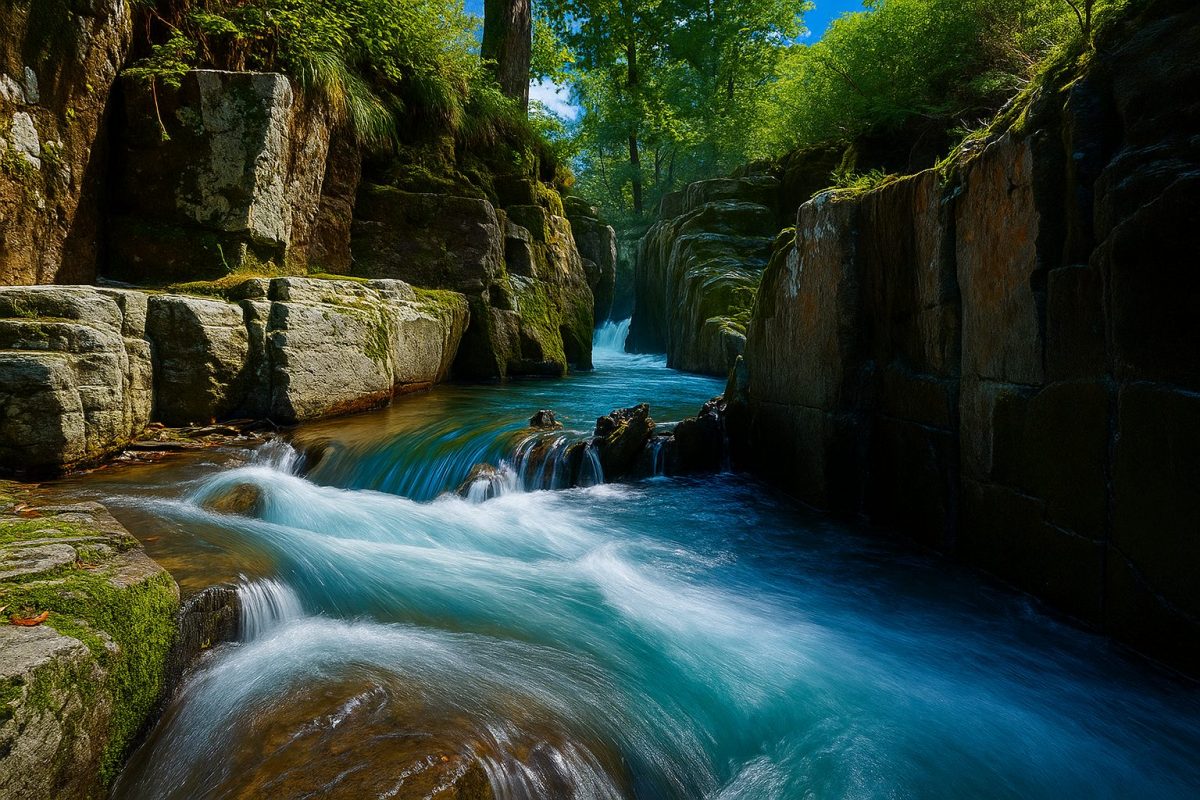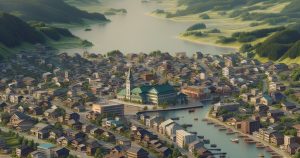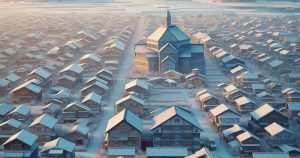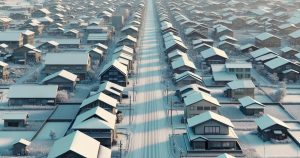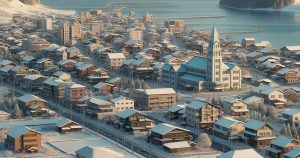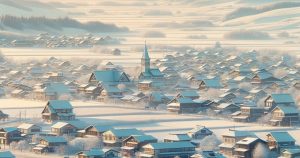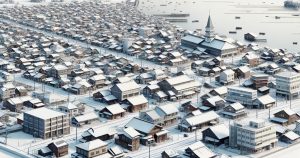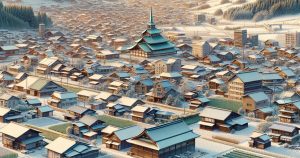| population | 3,656 peoples |
|---|---|
| area | 672.09 km² |
| population density | 5.44 peoples/km² |
Welcome to Bifuka Town, located in northern Kamikawa, Hokkaido. This serene town lies along the Teshiogawa River and is surrounded by vast forests and mountains. Once a frontier land during Hokkaido’s pioneering era, Bifuka still preserves that adventurous spirit in its culture and landscape. The central transportation hub, JR Bifuka Station, has long served as a gateway to northern Hokkaido and remains an important stop on the Sōya Main Line. With the completion of the Dōhoku Expressway and Bifuka Interchange, access to the area has become easier than ever.
Agriculture and dairy farming form the backbone of Bifuka’s economy. Despite its extremely cold winters, the region produces high-quality crops and dairy products. The locals cherish a lifestyle in harmony with nature, celebrating the dramatic seasonal changes unique to Hokkaido. In winter, temperatures can drop below -30°C, while summer brings lush greenery and endless blue skies. Seasonal festivals such as the “Bifuka Snow Lantern Festival” and “Bifuka Summer Festival” showcase the warmth and unity of the community, welcoming visitors from across Japan and abroad.
Culture & Traditions
Bifuka Town is a place where the pioneering spirit of early settlers continues to thrive. The pioneers who settled here harnessed the rich forests and the flow of the Teshiogawa River to survive in a harsh environment. Their resilience and respect for nature are still evident in the everyday lives of residents today. The local dialect, influenced by the Hokkaido vernacular, gives conversations a gentle and welcoming tone.
Every February, the Bifuka Snow Lantern Festival transforms the town into a world of shimmering light and snow. In summer, the “Bifuka Summer Festival” fills the streets with the sounds of drums, laughter, and fireworks. These events are not merely celebrations—they are an expression of the community’s deep bonds and enduring pride.
Throughout the year, the scenery of Bifuka offers endless beauty: a white winter wonderland, cherry blossoms in spring, verdant summer landscapes, and colorful autumn foliage. Life here is built on coexistence with nature, and that reverence for the environment is at the heart of Bifuka’s identity.
Local Specialties
- Bifuka Daikon Radish: Grown in cold conditions, these large white radishes are sweet and crisp. Their flavor deepens when cooked or grated.
- Bifuka Dairy Products: Renowned for its fresh milk and cheese, Bifuka’s dairy industry produces local favorites such as “Bifuka Milk,” known for its smooth richness.
- Bifuka Sturgeon: Raised at the Bifuka Sturgeon Museum, this unique fish is used for caviar and smoked delicacies that attract gourmet visitors.
- Rice from Bifuka: Fed by the clear waters of the Teshiogawa River and the region’s temperature swings, Bifuka’s rice grains are large, glossy, and mildly sweet.
- Melons & Honey: Locally produced melons reach high sugar levels thanks to cool nights and long daylight hours. Natural wildflower honey is another cherished product of this region.
Annual Events
- Bifuka Snow Lantern Festival (February): Hundreds of handmade snow and ice lanterns illuminate the town, creating a magical winter atmosphere.
- Bifuka Summer Festival (late July): The largest local celebration featuring parades, taiko drumming, and a lively fireworks show.
- Bifuka Onsen Festival (August): Held at Bifuka Onsen, this event offers performances, local food stalls, and family-friendly activities.
- Bifuka Cultural Festival (September): Hosted at the COM100 Cultural Hall, showcasing art, crafts, and stage performances by local residents and students.
- Winter Star Gazing Night (December): A popular astronomy event held at the Bifuka Forest Park, where participants observe the clear winter night sky guided by experts.
Access
- By Air: The nearest airport is Asahikawa Airport, about a 2.5-hour drive to Bifuka.
- By Train: The JR Bifuka Station on the Sōya Main Line connects directly to Sapporo via the Limited Express “Sōya” (approx. 4 hours).
- By Bus: Regular bus routes operate to Nayoro and Wakkanai. The “Highway Esashi Line” express bus also stops in Bifuka.
- By Car: From Sapporo, take the Dōō Expressway and Dōhoku Expressway to the Bifuka IC (around 3.5 hours). A car is ideal for exploring nearby attractions.
- By Ferry: Travelers can reach Hokkaido by ferry from Tomakomai to Wakkanai and continue by car or bus to Bifuka (approx. 2.5 hours from Wakkanai).
Tourist Attractions
- Bifuka Sturgeon Museum – A small aquarium where visitors can learn about sturgeon breeding and caviar production.
- Bifuka Island Forest Park – A nature resort area featuring campsites, hot springs, and rail-cart rides through the forest.
- Bifuka Ski Area – A well-maintained municipal ski slope suitable for beginners and advanced skiers alike.
- Matsuyama Marshland – Japan’s northernmost high moor, with wooden walkways for exploring rare alpine flora.
- Trolley Kingdom Bifuka – A unique attraction where visitors drive motorized trolleys along a former JR railway track.
- Bifuka Historical and Folklore Museum – Displays artifacts from the pioneer era, agriculture, and everyday life in northern Hokkaido.
